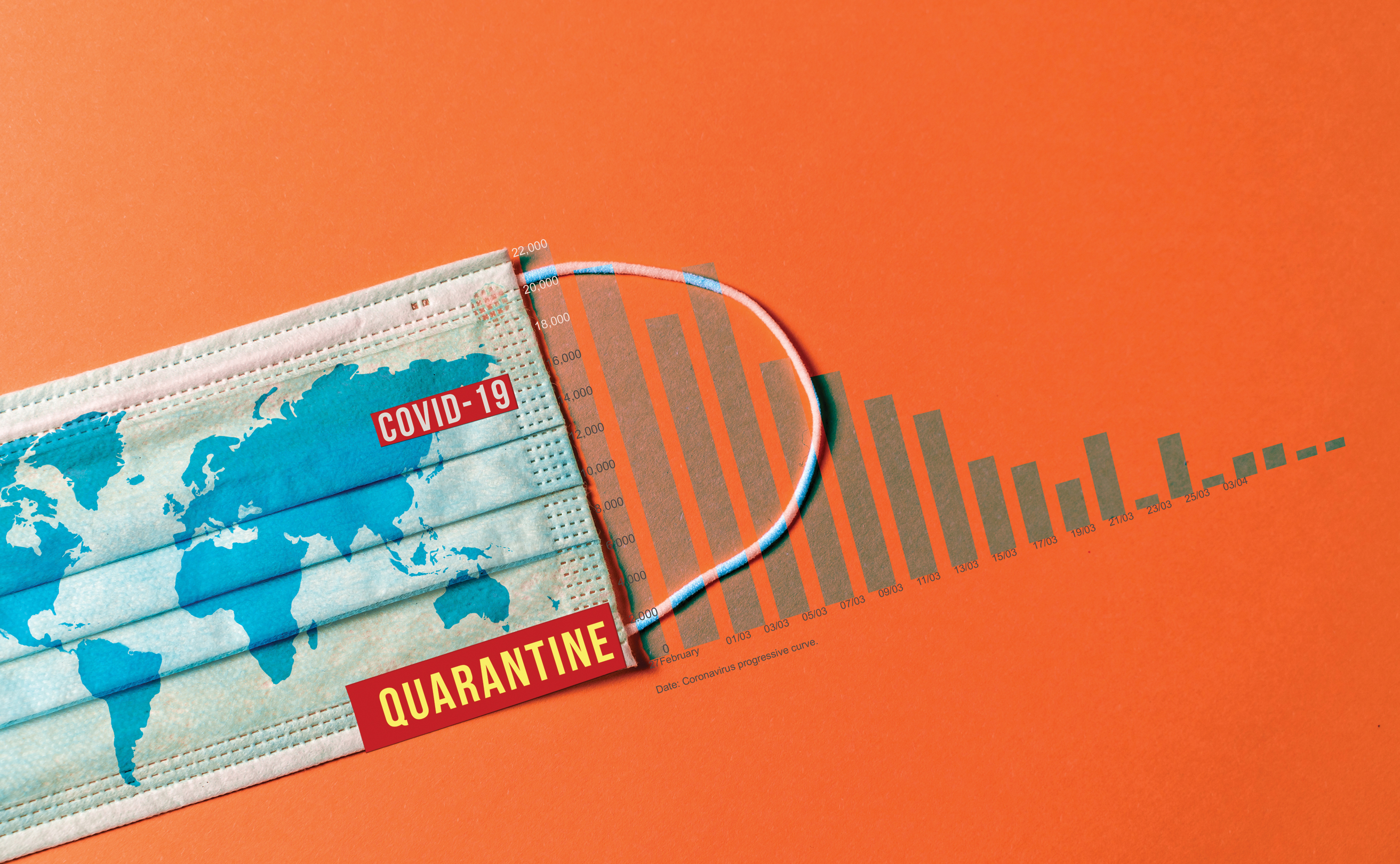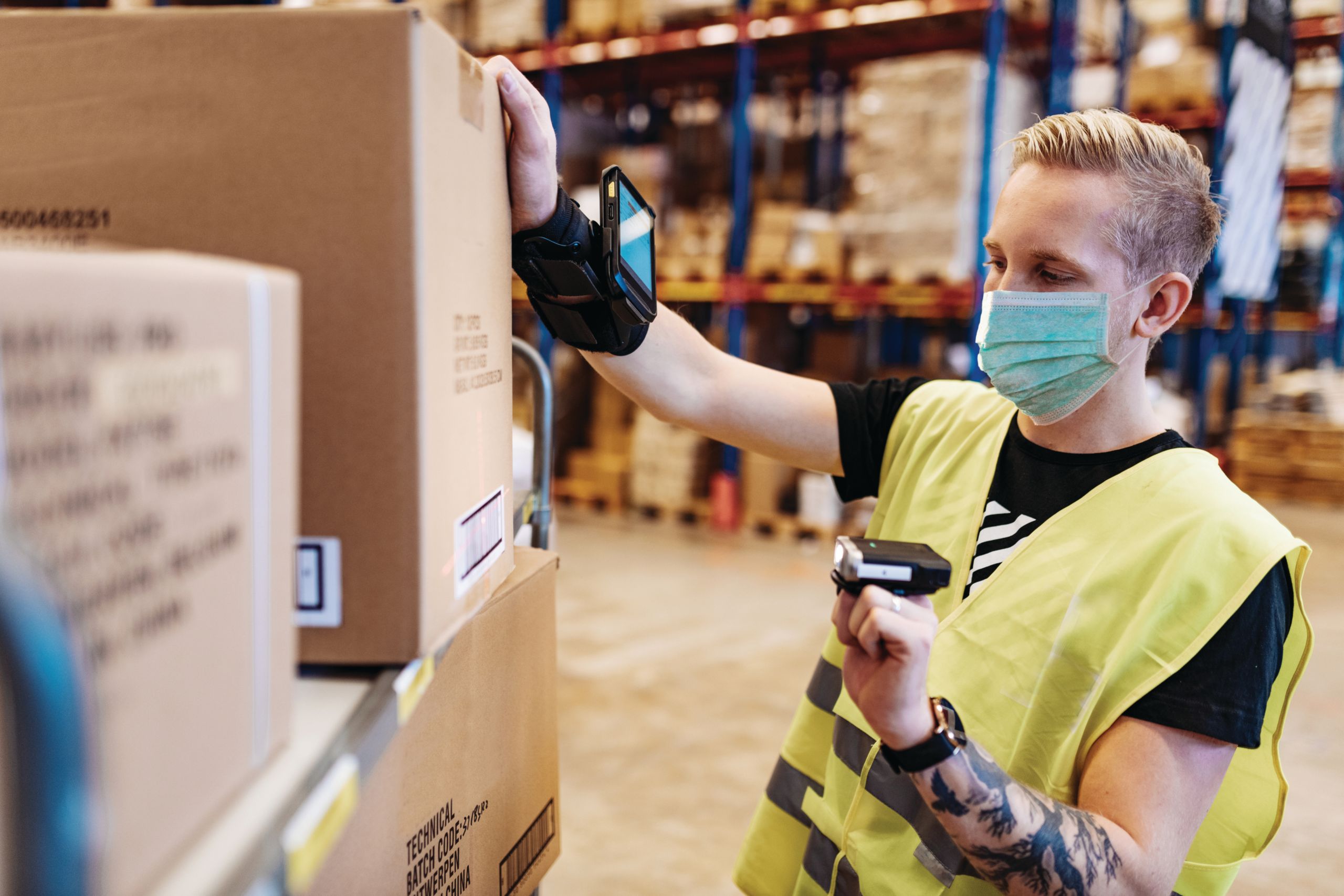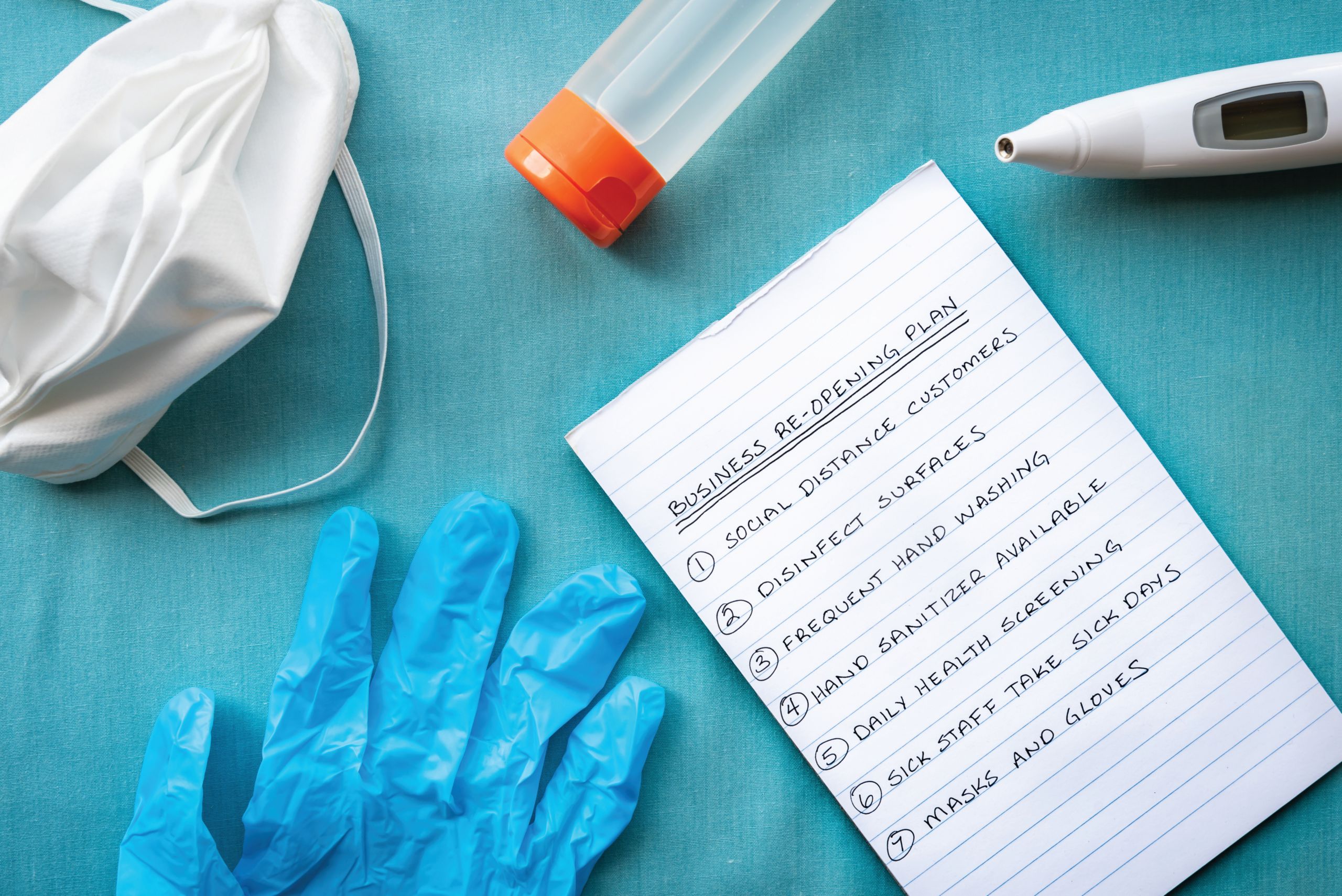We all have heard the term “flattening the curve.” The intent of this is not any dramatic reduction in total illness associated with COVID-19 but controlling the rate of illness so hospitals are not overcrowded and there are enough respirators.
When buildings reopen, illness will increase.
The ASA Safety Committee recently held a webinar containing information regarding actions that can be taken to reduce the rate of illness once buildings are in use again and to reduce the liability associated with building-related illness.
The ASA Safety Committee brought together the following panel of experts to address the above issues: Dr. David Krause, founder and principal toxicologist for HealthCare Consulting and Contracting (HC3) in Tallahassee, Florida; Tim Keane, a consulting engineer with Legionella Risk Management and David T. Bush, an associate of the law fi rm Forry Ullman in King of Prussia, Pennsylvania.
The panelists discussed considerations that building owners should take into account when reopening, such as public health and regulatory guidelines for specifi c areas of operation and how to minimize employees’ and customers’ risk of exposure and infection.
“As buildings open, more people are going to get sick,” Keane said. “The goal is not to prevent illness. We can’t do that. It’s going to happen. We want to prevent massive outbreaks and failures due to inaction.”
While reopening makes perfect sense from a commercial standpoint, building owners must bear in mind that they may be exposing themselves to potential liability if staff or custom-ers become exposed. Bush recommended adopting policies and practices and tailoring them as circumstances develop.
“It’s great to go out and get information but you can’t just sit on it,” Bush said. “Ignorance and inaction won’t immunize you from liability or from someone making an accusation. You must show you made reasonable efforts as a fi rst step.”
Bush said building owners must document the measures they take to address concerns and problems. “A paper trail is one of the most compelling avenues of proof,” he said. “The documentation has to be accurate and consistent. If you got gaps, you got problems and never ever falsify documents.”

When it comes to building operations, owners should check and flush water systems, which may contain lead, waterborne pathogens, sediment and other debris, if they were not used during the shutdown. Electrical, fire and other lifesaving systems should also be checked to ensure proper function.
“This will not be second nature to most owners and operators,” Krause said. “Seek help and guidance to guide you through this. This is not a good time to start a DYI program.”
Krause said back2worksafely.org provides free downloadable resources for building owners and operators. “See what steps you can take to reduce risks across the board for employees and customers,” he said.
Bush suggested company owners both err on the side of caution if an employee reports feeling sick and asks for work leave and develop a more liberal call-out policy. “Businesses may have to permit more sick leave at least until symptoms can be verified,” he said, adding that employees who legitimately have reasons to suspect they have coronavirus should present a doctor’s note and verifi cation of testing to ascertain whether or when they can return to work.
While Keane said company owners could monitor employees’ temperatures with infrared thermometers and maintain a log of those who were sent home with above normal temperatures, Krause said not having a temperature does not mean a person does not have COVID-19.
“A high temperature can mean having a number things including allergies,” Krause said. “It’s a general test and it might capture 1-2% of those infected with this disease. I wouldn’t take it to the mat.”
Kraus suggests company owners assume everyone has coronavirus and are infectious and implement procedures to minimize the risk of them spreading it. Masks should be thought about as an administrative control that is protecting the environment from the wearer. “One layer of protection can be wearing a mask. It’s low-intensity and has little impact on people,” he said.

Company owners can legally require employees to wear masks to protect co-workers, customers and the company environment from the wearer. Mask policies have to be consistently applied and enforced, according to Bush.
When it comes to cleaning, companies cannot simply do one deep cleaning prior to reopening and think that’s enough. They must establish a higher level of ongoing cleaning and disinfection throughout the day and employ the principles, practices and procedures used in hospitals. “Clean and then sanitize and disinfect using the appropriate disinfectants listed by the EPA,” Krause said.
“We are dealing with a scenario where the virus lasts for days on metal and plastic,” Krause added. “A one-time deal wouldn’t work. You have to maintain it. You can’t spend $10,000 to clean and reopen and not keep up with it.”
“Obtain as much information as you can that’s reasonable and be prepared to create and implement policies,” Bush said. “Use a commonsense approach to cleaning and sanitizing. There is no way you are absolutely going to prevent illness but if you are showing good faith efforts that is protection legally. Have a plan, develop defenses in depth and be ready to adjust on the fly.”
